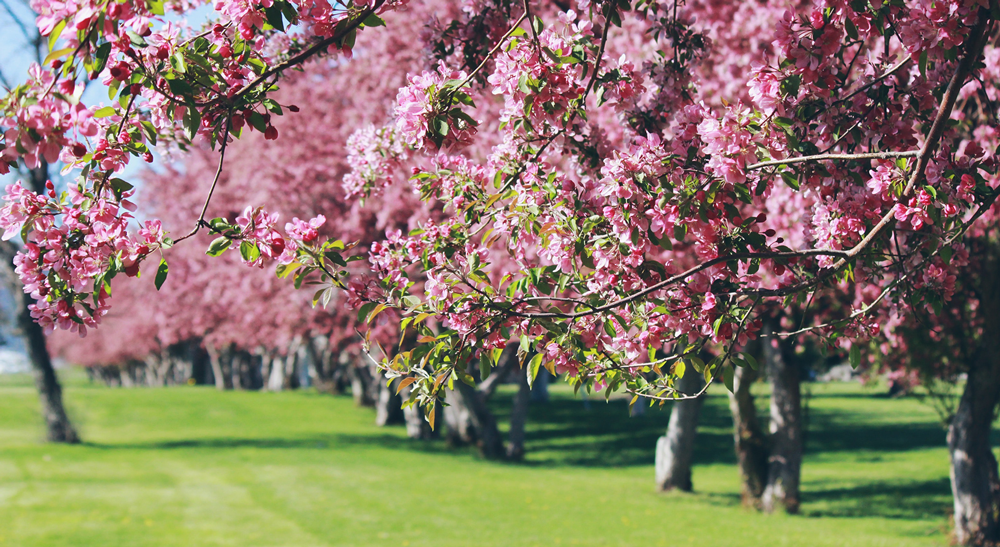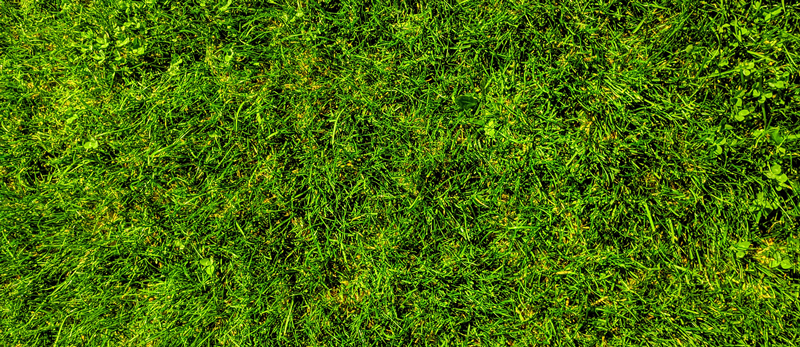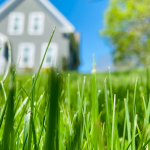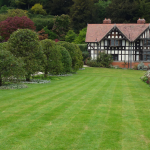What Should I Do for My Lawn in Spring?
6 Steps to Get Your Lawn Ready for the Season
If you’ve wondered, “What Should I Do for My Lawn in Spring?” – the answer is “A lot!” In the greater Cincinnati area, grass has started to green up by mid-March and is no longer dormant. So now’s the time to:
- Rake the yard
- Aerate the soil
- Overseed the lawn
- Fertilize the grass
- Apply pre-emergent herbicide
- Early weed control
What Should I Do for My Lawn in Spring: Rake the Yard
Before the first mow of the year, get your turf ready with a good raking. Loosening clumps of grass and thatch prepares your lawn for new growth.
“What Is Thatch? Thatch is the layer of mainly dead turfgrass tissue lying between the green vegetation of the grass above and the root system and soil below. This layer, if it becomes too thick (1/2 inch or more), can be bad for the health of your grass.”
Take care not to damage your turf, though. Use a flexible leaf rake that won’t disturb the healthy grass, and don’t rake if your lawn is muddy.
What Should I Do for My Lawn in Spring: Aerate the Soil
Aeration is needed if your lawn suffers from soil compaction. Heavy traffic like running and playing compresses the dirt, making it hard for grass roots to grow deep and healthy. Soil with a high clay content is also more susceptible to compaction. Moss growing in your lawn might be a sign of soil compaction and evidence that new grass won’t grow.
In the early spring, only aerate soil that absolutely needs it. The holes that result from aeration make perfect places for weed seeds to germinate.
You can either rent an aerator from a hardware store or use a hand-aerator on a small lawn.
What Should I Do for My Lawn in Spring: Overseed the Lawn
When your lawn starts to green up, you may notice bare patches. Perhaps you have dogs or kids that have killed off some grass during the winter (or perhaps your lawn suffered from the large amounts of sleet that fell in early 2022). It’s time to overseed your lawn, which means to sow seed over existing grass.
“Apply a slow-release nitrogen fertilizer (starter fertilizer) when you overseed. Keep the new seed moist until it has sprouted and is actively growing. Five weeks after the grass germinates and sprouts, you can begin a normal fertilization routine using quick-release nitrogen fertilizer.”
Usually, overseeding is done in the fall to prevent feeding weeds as well as turf. But, do you want to live through an entire season with bare dirt instead of grass? Dealing with a few weeds may be preferable.
What Should I Do for My Lawn in Spring: Fertilize the Grass
Fertilization will do your lawn the most good when it’s applied during the grass’s active growth phase. In Ohio, grasses like Kentucky bluegrass come out of dormancy in early spring. The grass greens up, and roots start to grow. After a few weeks of green grass, the roots are ready to be fertilized.
Applying fertilizer too early has its problems:
- It might feed weeds instead of your lawn
- If the grass roots are still dormant, the fertilizer will simply run off and be wasted
- Growing energy might be redirected into blade growth instead of healthy root growth
At Paramount Lawn + Landscape, we know the precisely perfect time for lawn fertilization in Cincinnati. In early spring, our first fertilization visit to your property is timed to consider how the season is progressing and when the lawn is ready to be fertilized.
What Should I Do for My Lawn in Spring: Apply Pre-Emergent Herbicide
Crabgrass. We all hate it. By the time you see it spread through your lawn in summer, it’s much too late to prevent damage. You have to catch it before it germinates (starts to grow).
“While they live, each crabgrass plant produces up to 150,000 seeds. Those seeds stay behind, ready to germinate the following spring and start the cycle all over again…. Crabgrass seeds can germinate from early spring until late summer when soil temperatures are right. In spring, crabgrass starts germinating when soil temperatures warm to 55 degrees Fahrenheit for four to five days in a row.”
In all likelihood, you have hundreds or thousands of crabgrass seeds in your lawn right now. Plotting to take over your lawn. Just waiting for a few warm days. That’s why our lawn fertilizer service in Cincinnati always includes pre-emergent herbicide in the early spring, to kill those seeds before they cause any problems.
What Should I Do for My Lawn in Spring: Early Weed Control
Early spring is also a good time to spray a broadleaf herbicide on weeds like dandelions, clover and violets.
Prefer to pull your weeds? The best time to pull weeds is when the ground is soft and the roots are tender. By the time summer rolls around, those mature weeds will be tough to pull and may even require digging out. This same advice applies to your garden beds, as well.
If this list of spring lawn maintenance seems way too long to you, Paramount is here to help! Contact us for a lawn fertilization service quote, and we’ll keep your grass green all year long.










